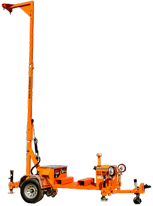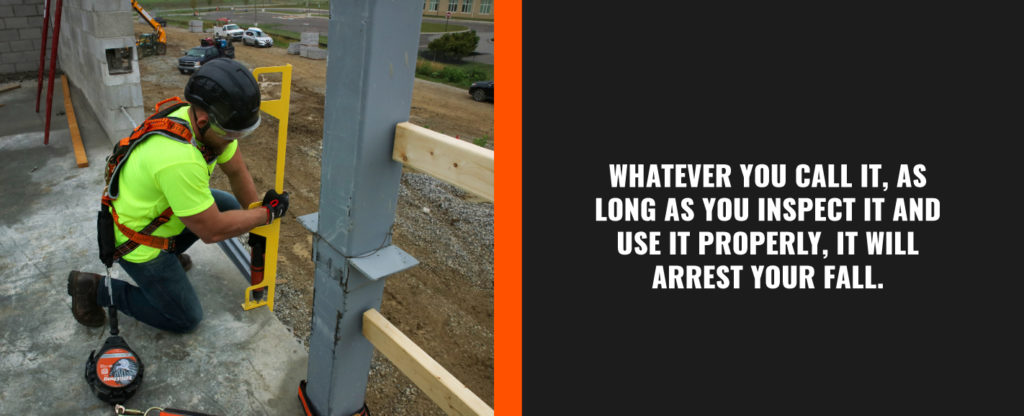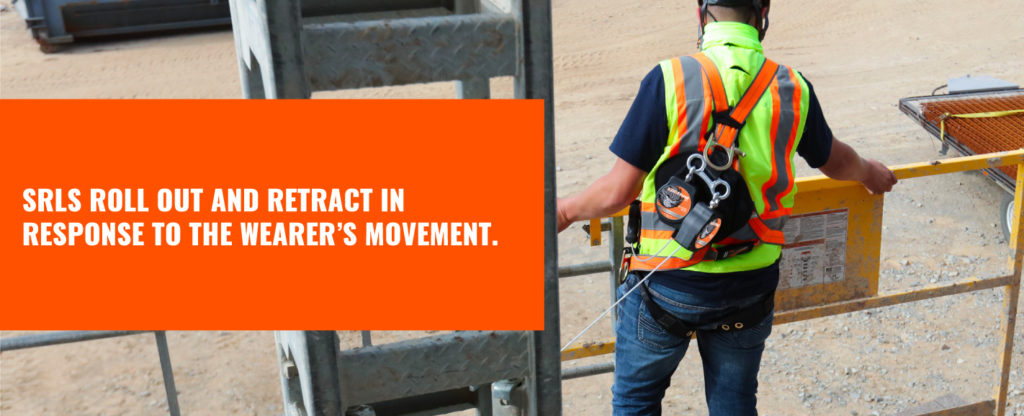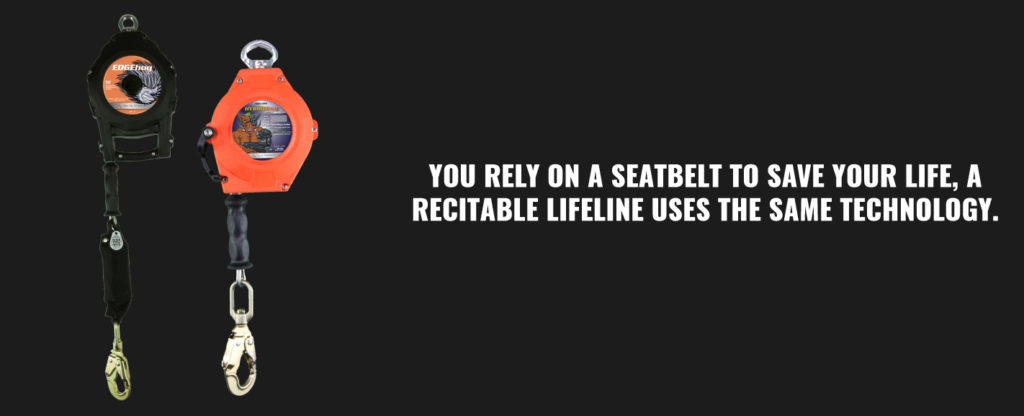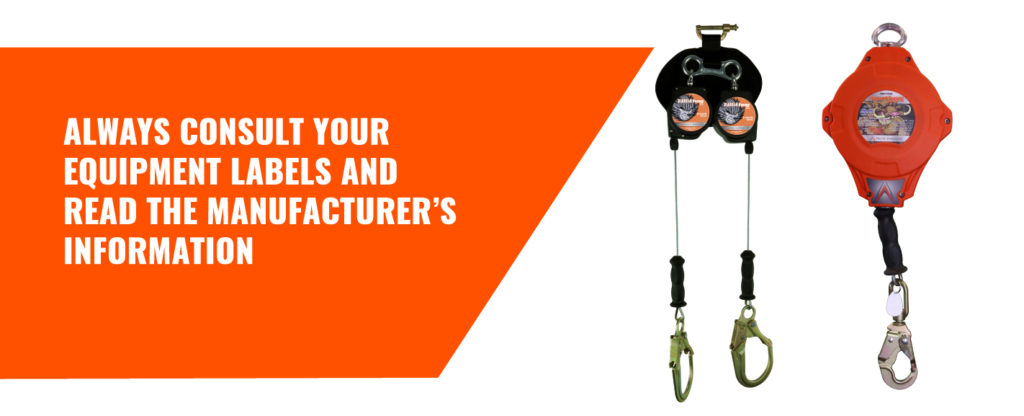1. Connectors – Connectors are any device that connects your fall protection harness to an anchor point (e.g. shock absorbing lanyards, lifelines, self-retracting lifelines (SRLs), and positioning devices). Account for potential fall distance when choosing a type of connecting device. Adding/using shock absorber lanyards reduces the fall impact forces on your body.
2. Deceleration Devices – Any mechanism that serves to dissipate energy during a fall. Suspension trauma can occur in as little as 15 minutes; do you have a rescue plan?
SRL Harnesses
SRLs, or Self-Retracting Lifelines, are commonly used in industries like transportation, manufacturing, maintenance, steel production, building upkeep, and mining for tasks performed at heights or in confined spaces. To use SRLs safely, workers need to wear a full-body harness connected to a secure anchor point. These harnesses evenly distribute the fall arrest forces across the shoulder straps, thighs, and pelvis.
Full body harnesses typically have a fall arrest attachment at the center back, which connects to a quick connect buckle snap hook, carabiner with a swivel top, or scaffold hook. They may also have additional D-rings for work positioning or securing tools and equipment. These D-rings allow workers to attach accessories like carabiners and tool lanyards to prevent tools from falling and injuring people below.
All full-body harnesses must meet specific safety requirements and formal inspection set by organizations like the American National Standards Institute (ANSI) and the American Society of Safety Professionals (ASSP), as well as legal standards from the Occupational Safety and Health Administration (OSHA). D-rings, carabiners, and snap hooks must withstand significant forces without damage. ANSI and ASSP standards are usually stricter and more detailed than OSHA guidelines because they are developed by safety experts, while OSHA is a government agency.
Malta Dynamics: Your Trusted Partner in Fall Protection
If you’re looking for top-notch fall protection gear, including Self-Retracting Lifelines (SRLs), connectors, nylon webbing harnesses, and more, make sure to explore Malta Dynamics’ extensive product line. Whether you work in transportation, manufacturing, maintenance, steel production, building upkeep, or mining, our range of equipment meets the highest safety standards. Your safety should never be compromised, and we’re here to ensure you have the best tools for a secure work environment. Shop with us today online or give us a call at (855) 781-9917. Your safety is our priority, and we’re here to assist you in making informed decisions to protect yourself and your team.
Shop SRLs, connectors, and more on our online store or by calling us at (855) 781-9917.

